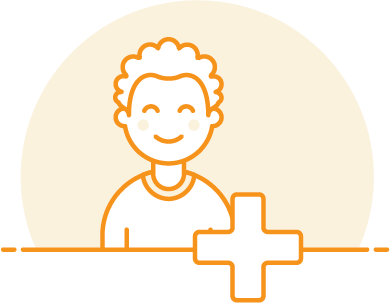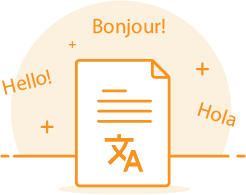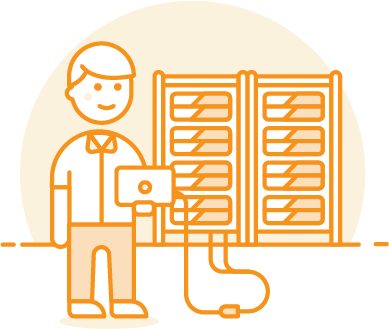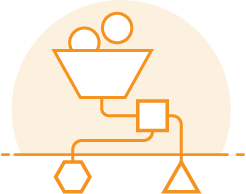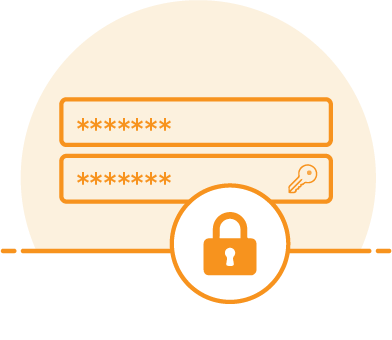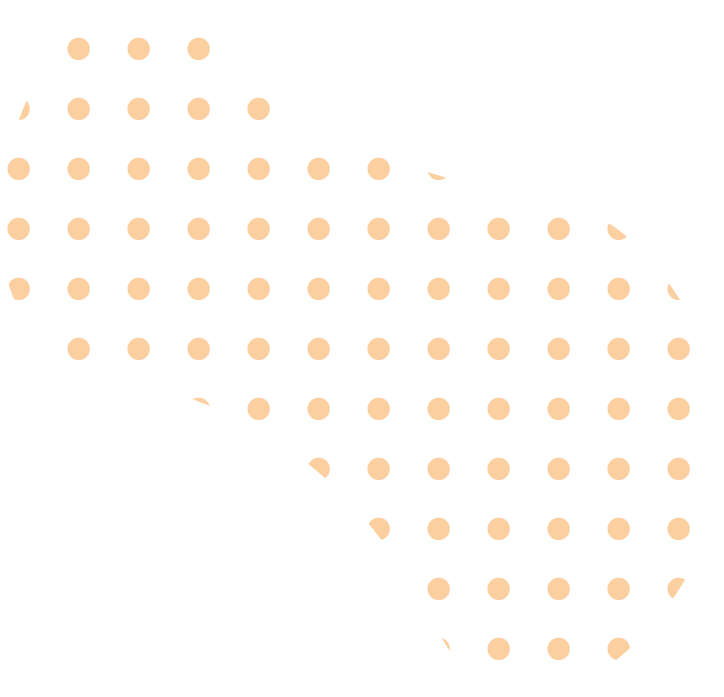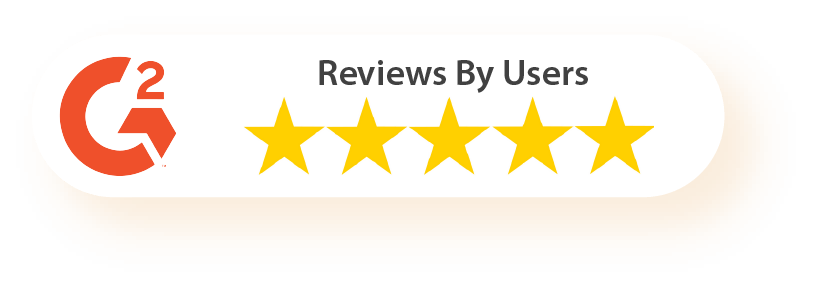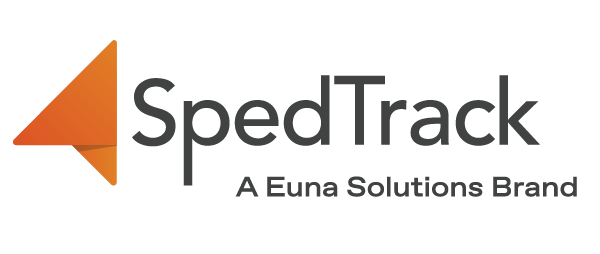A Multi-tiered system of supports (MTSS) is a method of assisting struggling students with both behavioral expectations and academic performance. The multi-tiered system of support model is designed to be a proactive and preventative framework. School districts implement strategies to set clear expectations for academics and behavior.
Much like the Response to Intervention (RTI) model, a Multi-tiered system of support identifies students’ needs using universal screeners, and creates flexible, tailored groups to meet those needs, regardless if they align with academic, behavioral, or related to social and emotional learning.
Tiers Within the MTSS Framework
The MTSS framework consists of three different Tiers of support. Each Tier provides increasing levels of support to students based on their needs.
Tier 1
Tier 1 is designed with every student in mind and includes core instruction in academics, behavior, and social-emotional learning. This instruction is provided by general education teachers in their classrooms.
As a part of Tier 1, every student participates in universal screening assessments. These universal screenings are used to identify struggling students early. The information collected from these assessments helps school teams make data-based decisions on how to support student progress.
Tier 2
As general education classroom teachers analyze their universal screening data, they look to identify students who require additional targeted instruction. Students with similar skill deficits are brought together in small group settings to receive specific MTSS interventions. These interventions are particular to a student’s academic, behavioral, and social-emotional needs. At this level, students undergo regular progress monitoring to ensure positive outcomes. This level of data tracking helps to ensure a student is moving along the MTSS continuum and not arbitrarily placed at a more intensive intervention level for longer than necessary.
Tier 3
MTSS is a continuous process, and therefore students may not see the success at Tier 2 that is intended. This is where Tier 3 comes into play. Tier 3 is the most intensive support students without disabilities can participate in. The most restrictive support would be considered special education services, which are technically within Tier 3 of the MTSS model. Tier 3 is likely going to be more focused on individual students rather than small group settings. These students require continuous progress monitoring to ensure the proper MTSS interventions are being implemented. Furthermore, struggling students in Tier 3 may have a disability and their time in Tier 3 interventions should not delay a special education evaluation if a disability is suspected by the school district.
Ultimately, the MTSS framework is designed to be a data-based decision process to move students between the various tiers as a multi-level prevention system. Ideally, students are identified early for the support they require and are provided high-quality instruction to maximize student achievement. Unlike other tiered models, this Multi-tiered system of support places importance on the whole child’s well-being and does not just address academic success.
Targeted support
An MTSS framework starts with the universal screening of every student. This screening data allows educators to make decisions about how to assist struggling students and identify them early. These screenings target both academic performance and behavioral expectations. These screeners generally take place at various times throughout the year for progress monitoring. Furthermore, students receiving interventions will have many more checkpoints throughout their instruction to ensure proper placement within the tiered system of supports and that the interventions are providing the intended targeted support.
MTSS: Academic Support
Academic performance is one of the two prongs included in the MTSS framework. As mentioned above, schools support students by providing targeted universal screening tools that identify individual students’ needs. The data collected can help school districts predict the effectiveness of their Tier 1 instruction as well as identify struggling students early. These struggling students are then distributed into groups within the multi-tiered system.
Periodic data collection continues throughout the intervention period to ensure students are moving through the MTSS tiers as appropriate. As students improve, they move back toward Tier 1, but move toward Tier 3 as interventions prove to be unsuccessful.
Data-based decisions drive these moves throughout the continuum of interventions linked to the work a child is doing within the general education classroom; however, they also provide key information when identifying students with learning disabilities. In the rare instance that a student does not respond to targeted interventions in an expected way, districts can use the data collected to drive an evaluation for special education. Each state determines the specific requirements for special education students’ eligibility for their services, but the federal government provides them with very specific limits to these requirements. These federal guidelines provide the structure for using data collected through the MTSS process to identify special education students.
MTSS: Behavioral Support
While academic performance is one of the key components of a school community, behavior is also quite integral. School districts across the country, especially after the COVID-19 pandemic, began looking at how to support students’ social and behavioral well-being.
With this shift in thinking companies have begun looking at developing periodic assessments to determine how a student is coping with the school environment. Educators and school districts alike have been more intentional about setting strong expectations for their students early, so as to create highly structured environments that feel safe and inviting allowing student progress.
When students struggle to demonstrate these expected behaviors or are flagged by those periodic assessments, they may receive extra attention or positive reinforcement for their behavioral progress. When a district is starting this process, they may even partner with outside agencies to provide mental health or behavioral supports for an entire school. These district partners may be local governmental or private agencies.
These partnerships allow teachers to focus on teaching the curriculum without the burden of trying to meet all of their students’ emotional needs. Students still receive positive behavioral supports from their teachers, but their teachers are not always bearing the brunt of that work, which they are not always equipped properly to address. This is a tremendous example of the team approach that the MTSS process can provide.
When students receive the attention they require, the school climate improves significantly.
Simplify Your Special Education Process with SpedTrack, Powered by Euna Solutions™
SpedTrack was created with one thing in mind, simplifying special education. Special educators are overwhelmed in their processes of tracking IEPs, student progress, services provided, and more. That’s why we have created a fully functional solution that allows you to manage your process in one centralized location.
SpedTrack is here to meet your needs, whether that’s creating IEP goals, generating progress reports, or documenting services. Request a demo today to learn more about how we can increase your compliance and save you time!






